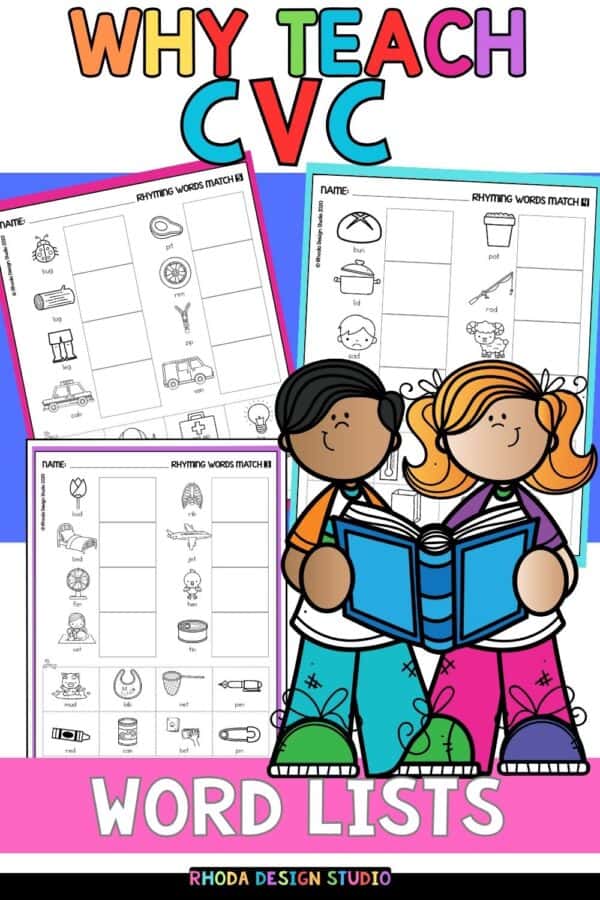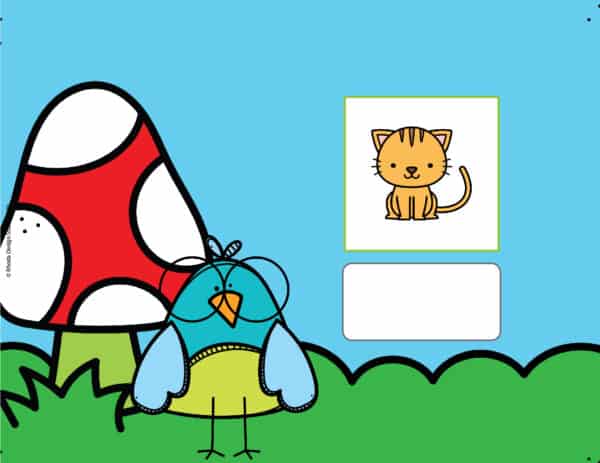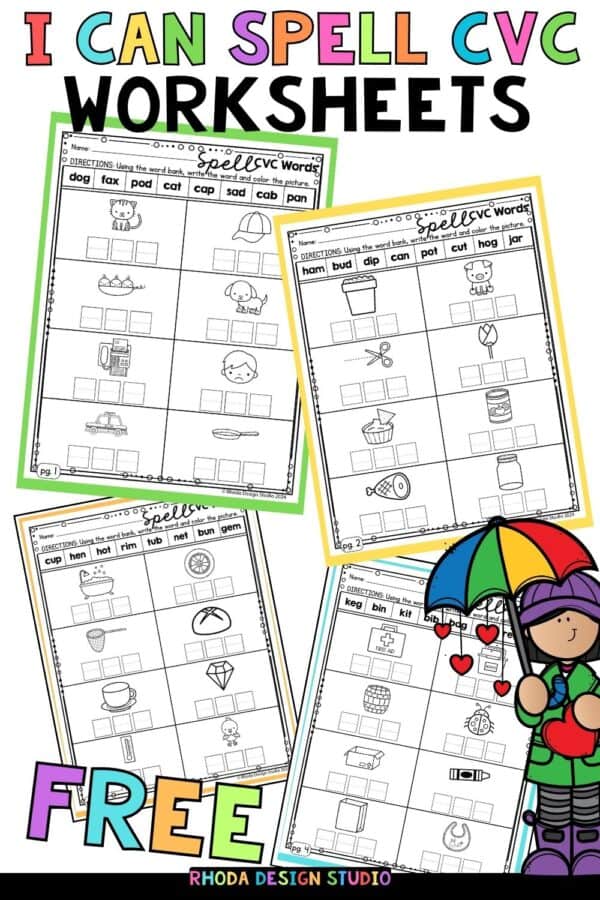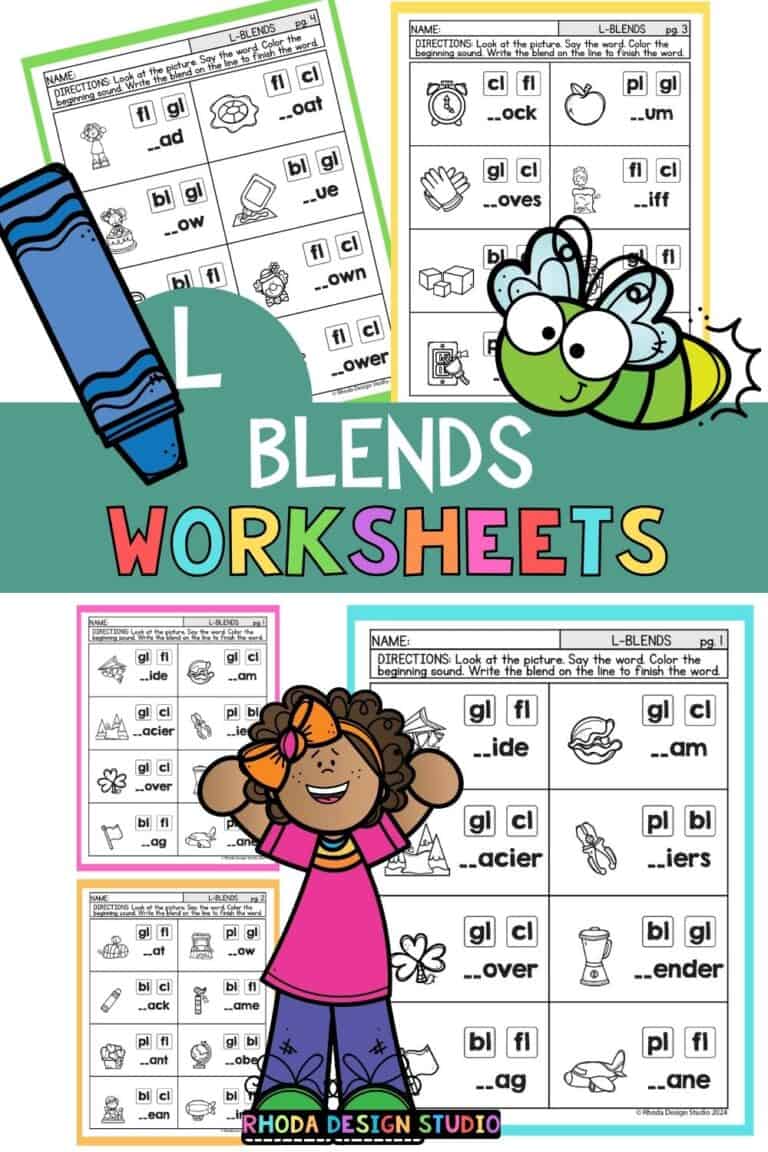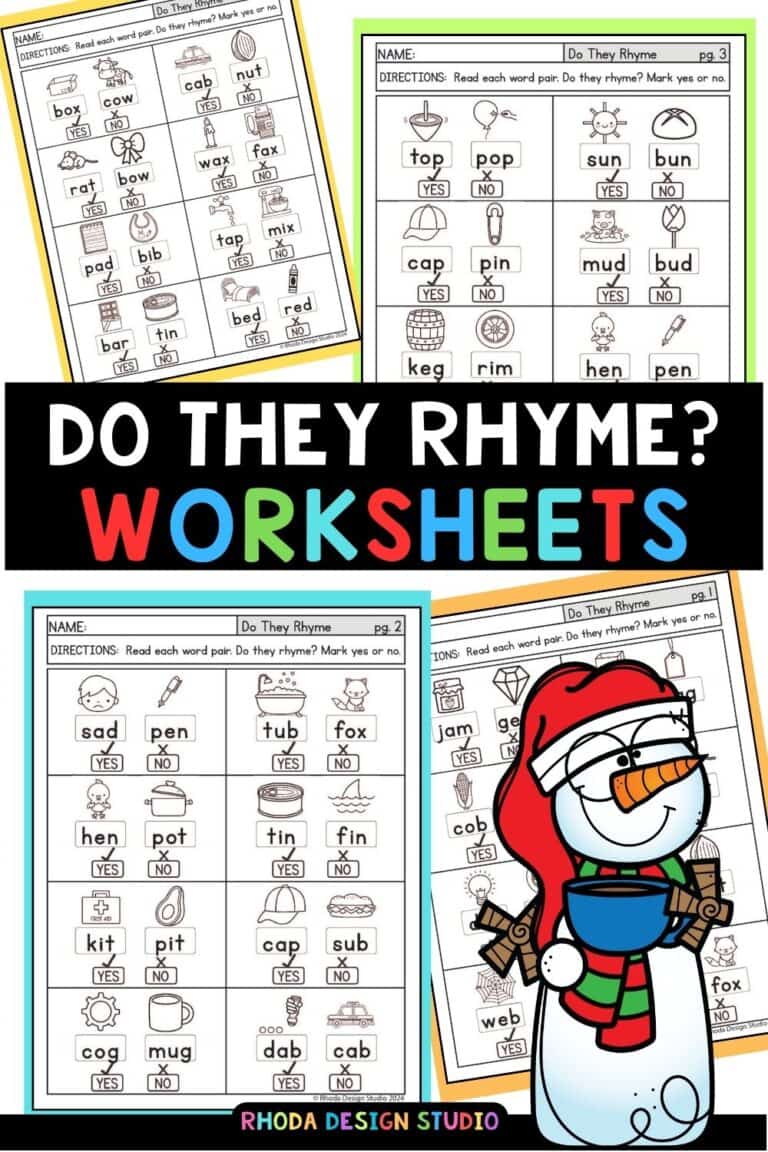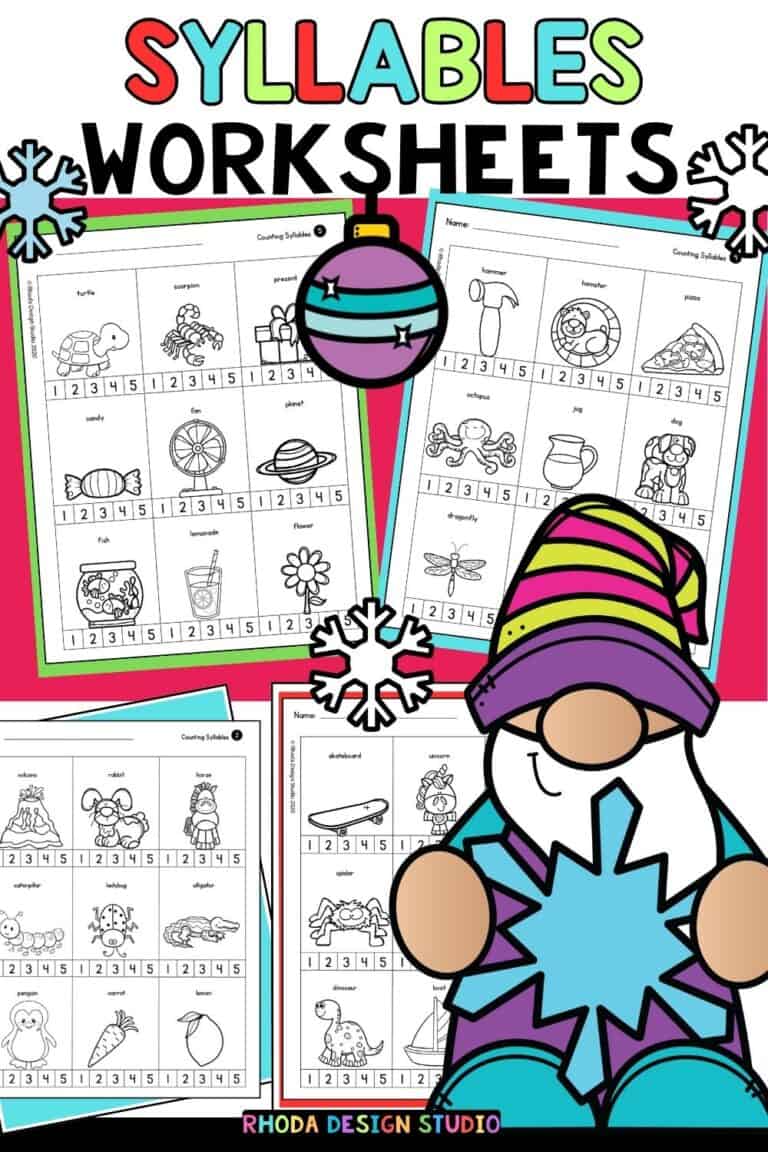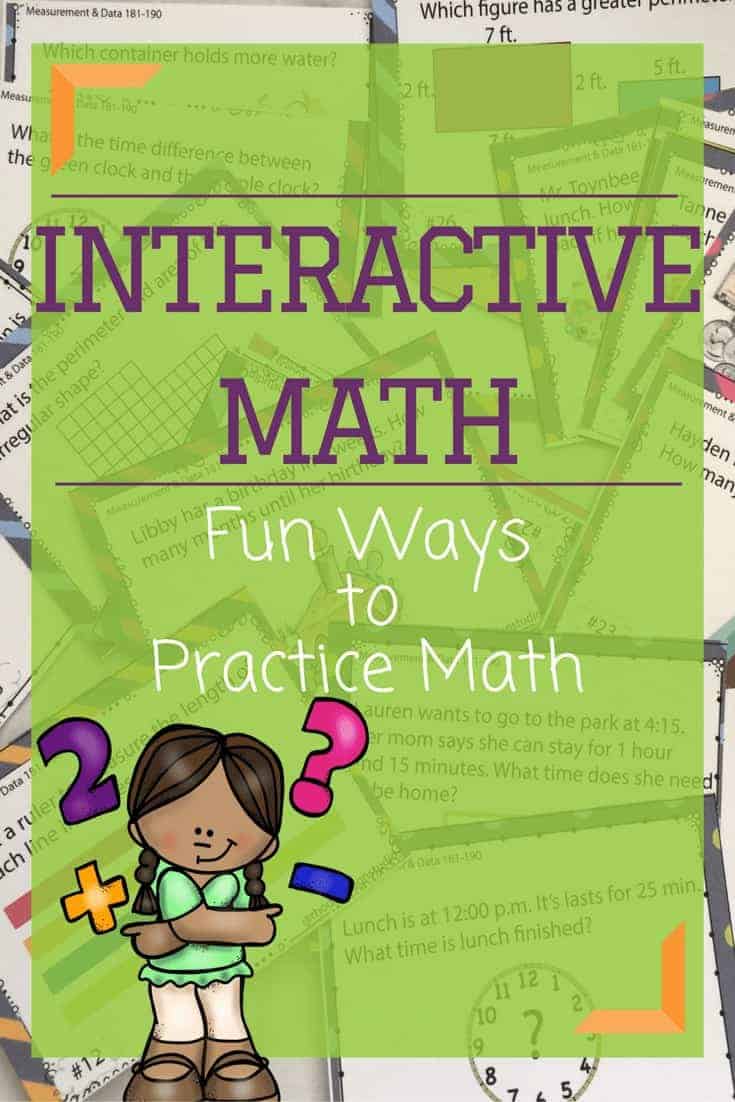Why Your Child Needs to Practice CVC Word Lists
There is a reason why teachers and home-schooling parents swear by the use of CVC words in reading and writing instruction for preschool learners. Ever noticed the very first words that a toddler learns to speak? Or for that matter, even the first words that preschoolers learn to spell or write? More often than not, they will be CVC words. These words are a critical building block in the development of the child’s linguistic skills.
What is a CVC word?
A CVC word is a simple three-letter word made up of a consonant, vowel and consonant, in that order. This pattern allows the vowel to assume a sound to string together the two consonant sounds, making single syllable words. Mom, dad, dog, cat and hat are all CVC words. There are 200 CVC words in the English language.
Features of a CVC word
As you can imagine, not all three letter words make CVC words. The three-letter words you choose have to satisfy some specific criteria to make them suitable for use in language instruction for preschool or kindergarten kids.
For example, the group of single syllable words which follow the pattern vowel-consonant-vowel don’t serve the purpose of foundational understanding of phonetics well. Words like “ate” or “eye” or “ill” are everyday words in a child’s lexicology. However, these words will leave preschool learners confused about the sounds involved in the word.
If you notice, CVC words don’t contain diphthongs, or vowel combinations like “ea” in “tea” or “oi” in “coin”. Both of these examples are single syllable words that kids will easily comprehend, but they are still difficult to break down for reading and writing instruction.
Note that CVC words don’t contain fricatives like “th” in “that”, “this”, “bath” and “moth” or “sh” in “shy”, “shoe” and “shop”. Again, these are all examples of child friendly words that are too advanced from a linguistic skill perspective.
In a nutshell, lists of CVC words used in preschool instruction are simple short vowel words that leave no doubt in the child’s mind about the sound a letter is supposed to denote.
How CVC words help kindergarten kids
CVC words have a quality of being highly effective tools to help the child recognize sounds. They also help draw a clear connection between the sounds and the letters that form the sound. Let’s examine some ways in which CVC words help kids.
Sight words
The first step to get the child started on reading is to familiarize them with a few sight words. These are words that children memorize as a whole and read it out through pattern recognition. This is actually a powerful learning technique often demonstrated in toddlers, particularly those to whom their parents read to, regularly.
Here are some instances. A friend’s three-year old could recognize the word “sun” wherever she saw it. She had obviously learned to recognize it from a bedtime book. You’ll be surprised that kids even pick up complex sight words, like a child who could point at all the “chicken” dishes in a menu card even before he knew his A-B-C.
However, for the purpose of teaching it’s better to stick to simple CVC words as sight words.
Break down CVC words
The next step is to teach kids how to break down the word into a combination of sounds. The easiest way is to start with the sight words they know. In addition, you can start introducing new CVC words that rhyme with words they already know.
Sound to pattern mapping
After the association between letters and sounds is clear, kids quickly start to develop reading skills. This is also the stage when they learn to spell and write simple words.
GET FREE CVC WORKSHEETS
Check out this post for free CVC spelling word practice (and the reading section of the site for more free worksheets and activities).
Popular exercises using CVC word lists
CVC words can be easily incorporated into all manner of phonetic exercises that impart reading and writing skills to kindergarten kids. Here are some such exercises that are very easy to put together even at home. All you need is access to some good CVC word lists. Alternatively, there are several free online resources for CVC word games and exercises that you could make use of.
#1 Beginning sounds
This is the obvious starting point in a child’s phonetics lessons. Choose sounds that you can hold and emphasize. Words starting with “s”, “n” and “m” are great starting sounds because you can sustain the sound. Words like “sun”, “sip”, “nap”, “mop”, “man” etc. are great beginning sounds to start training kids on. After initial sounds you can move on to end sounds.
#2 Matching pictures and words
In this exercise a set of CVC words and pictures are presented to the kid in a jumbled way. The kids have to match each image with the right word. It may so happen that kids simply recognize sight words without necessarily reading them. Therefore, this exercise doesn’t always ensure that they are gaining mastery over sounds and spellings.
#3 CVC word flashcards
This is similar to the matching exercise. You use flashcards with images of CVC words. The child is required to identify the correct word from the options.
#4 Missing sounds
CVC worksheets with missing sound exercises are perfect to get the child to start writing letters. They identify the object in the picture and fill in the missing sound or letter. You can start this as an oral exercise and gradually get the child to pencil in the letter. Initially, children will find consonant identification easier and missing vowel identification a bit advanced.
#5 Blending letters to make words
If you spell a word kids should be able to blend the letters orally and say the word. A fun way of doing this exercise is to talk in spellings using simple CVC words. For example, you could tell the child, “give the d-o-g a treat” or “use my p-e-n”. Again, it’s important to tickle the child’s curiosity by bringing up new spellings. Keep a list of CVC words handy.
#6 Choose the rhyming word
Kids learning to read and write love rhyming words. Teachers and home schoolers must take maximum advantage of this to teach new letters. Once they learn to recognize and match ending sounds and letters, you can jump right into rhyming words. A simple but fun rhyming word exercise is to show them a picture of a CVC word and ask them to choose the word that rhymes with it from a list of options.
Rhyming words is a good way to teach kids the important skill of deleting a sound from the word – in this case, the beginning sound.
#7 Fluency exercises
Give a set of CVC words to the learner to see how many they can read out correctly in a specified time. Give them 30 seconds to a minute for each exercise and note how many CVC words they can get through in that time.
#8 Word ladders
Word ladders are a fun exercise where a series of CVC words are placed top to bottom like a ladder with one letter missing in each. Children start at one end of the ladder and build a letter at a time as they progress up the ladder. Both beginning and ending sounds and letters are tested in this exercise. Children learn to use the skill of deleting and substituting sounds to get up the word ladder.
What are CVC word families?
CVC word families are sub groups within CVCs. They can be grouped and organized in several different logical ways to serve specific purposes. Here are some of the most common logical bases of grouping them.
- CVC word families of rhyming words or *VC families
- Starting sound families or CV* families
- Starting letter CVC word families
- Vowel groups or vowel sound groups
When teachers and home schoolers have access to CVC words organised into families, it’s easier for them to build exercises around them.
How to make CVC word exercises fun for kids
Preschool level learners need two things going for them in order to learn skills effectively. They need repetition so that the brain learns to recognize patterns. They need variety so that they stay engaged in the lessons. Clearly, this is a tricky problem for teachers. Therefore, it is highly recommended that you have ready access to lists of CVC words grouped into word families.
There are a variety of teaching tools available these days such as CVC posters, CVC lesson plans, CVC flash cards, exercises based on CVC words, CVC printables (like CVC word lists), etc.
Playing simple games along with exercises keeps kids excited and engaged while practicing. For example, the CVC flashcard exercise can easily be turned into a game of BINGO. Action games such as skipping, hula-hoops etc. built into word exercises is always a great idea to keep kids engaged.
Whatever the exercise, end the session with something that kids can complete successfully so that they are left with a sense of accomplishment. Finally, praise them generously for their achievements!
Lists of CVC words
Given how foundational CVC words are in a child’s language skills from an early stage, they are an important aspect of a teacher’s or parent’s toolkit. They are also a subject of great interest for pedagogy at large. Therefore, a list of CVC words is very handy for teachers and parents from which a great variety of instructional exercises can be designed. CVC word lists are also very helpful in staying creative, because, let’s face it, the best of us run out of new word ideas.
More CVC Word List Practice
Beginning Letter Sounds: Easy CVC Word Worksheets
I Can Read CVC Sentences: 10 Free Reading Worksheets
I Can Read CVC Words with Pictures: 10 Free Worksheets
How Many CVC Words Are There? Free CVC Word Lists
Free CVC Spelling Worksheets: Word Work Practice
